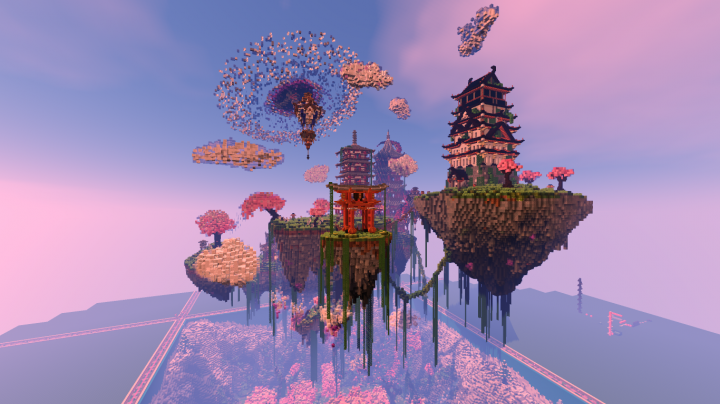
But this process has some major limitations.

The result is something that has the same sort of texture as a real landscape. This method starts with some smooth bumps on the landscape and then adds more bumps at smaller and smaller scales. Most automated terrain generators used to create virtual worlds are based on a technique called fractal noise, a standard 3D graphics approach that’s been around since the 60s, O’Leary says. And so I was thinking about these fantasy novels, and they always had these maps inside the cover,” O’Leary says, “So I started thinking, well could I make one of those maps?” “You're trying to make a computer write a novel, so you're looking for the most formulaic novel you can think of. Instead of writing words, NaNoGenMo participants write code that generates a 50,000-word “novel.” It’s a twist on National Novel Writing Month, which since 1999 has challenged writers to complete a 50,000-word novel in the month of November. The map bot, created by glaciologist Martin O’Leary of Swansea University in Wales, combines imaginary place names with fake terrain to produce fantasy worlds, tweeting a new one every hour from the Twitter account came up with the idea in November when he participated in NaNoGenMo, or National Novel Generating Month.

#Fantasy valley map generator
Nimrathutkan is the result of an automated map generator that was inspired by those novels. If these sound like places out of a fantasy novel you read as a teenager, you’re not far off. Unauthorized use is prohibited.Īs you travel northeast along the shore of southern Nimrathutkam, the first town you’ll encounter is Ak Tuh, followed by Nunrat and Nrik Mah before you reach the coastal city of Tuhuk, the largest urban area in the region of Mum Huttak.


 0 kommentar(er)
0 kommentar(er)
